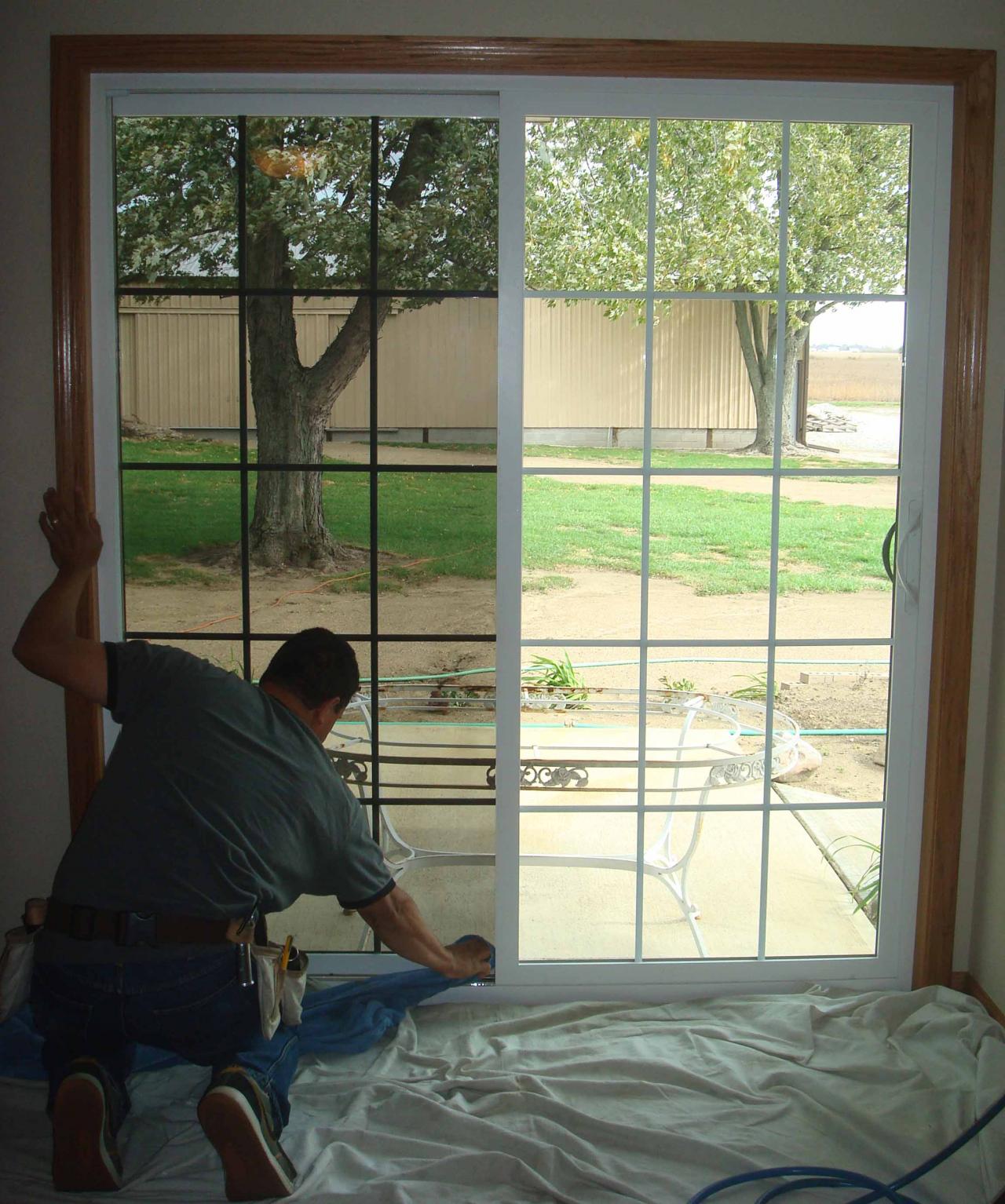Budget-friendly Residential Window Tint Options for Every Budget plan
Budget-friendly Residential Window Tint Options for Every Budget plan
Blog Article
Just How Residential Window Tinting Boosts Your Home's Energy Effectiveness
Residential home window tinting presents a compelling service for homeowners seeking to improve energy efficiency within their living rooms. By using specialized films to windows, it effectively reduces heat transfer, therefore maintaining interior temperatures and lessening the need for excessive home heating or cooling.
Understanding Window Tinting
Recognizing home window tinting is essential for home owners looking for to enhance both convenience and energy effectiveness in their space. Residential Window Tint. Window tinting involves the application of a thin film to the interior or exterior surface area of glass home windows. This movie can dramatically regulate the quantity of sunshine and heat that enters a home, thus influencing interior climate problems
There are different types of window tinting films offered, each with distinct residential or commercial properties. The efficiency of home window tinting is often gauged by its Visible Light Transmission (VLT) portion, which indicates just how much light can pass with the movie.
Benefits of Energy Performance
Window tinting not only enhances looks but additionally plays a significant role in boosting energy effectiveness within household areas. By lowering warmth transfer via home windows, colored movies create a more secure interior climate, which can cause significant decreases in energy usage for heating and air conditioning. This energy efficiency translates into lower utility bills, offering homeowners with substantial long-term financial savings.

Additionally, window tinting improves the convenience of living spaces. By decreasing glow and obstructing harmful UV rays, tinted windows develop an even more pleasurable setting, which can cause enhanced health for residents. The security versus UV rays additionally helps preserve furniture and flooring from fading, adding to the durability of house products.
Just How Tinting Works
Tinting films run with a combination of advanced materials and innovations designed to control the amount of solar power entering a home. Mostly made up of polyester, these films usually include metal or ceramic bits that show and take in warm. This dual capacity allows them to dramatically lower the penetration of ultraviolet (UV) rays and infrared radiation while permitting noticeable light to go through.
The efficiency of window tinting is measured by its solar warmth gain coefficient (SHGC), which suggests just how much solar power is sent through the window. Lower SHGC worths are more suitable as they signify greater warm rejection. Furthermore, home window tints can include a variety of shades, allowing house owners to personalize their aesthetic choices while improving energy effectiveness.
In addition, these films work as a barrier, preventing heat loss during chillier months by reflecting interior warmth back right into the living room. This thermal insulation effect complements the air conditioning benefits acquired throughout warmer months, adding to a well balanced indoor climate year-round. By handling solar power successfully, household home window tinting not only best site improves comfort however additionally plays a vital duty in minimizing energy intake and decreasing utility expenses.
Choosing the Right Color

There are different sorts of home window films available, consisting of dyed, metalized, and ceramic. Colored films are cost-effective yet might have limited resilience. Metalized films offer far better warmth rejection however can disrupt electronic signals. Ceramic movies supply exceptional warm control without endangering exposure and are very resilient, making them a preferred option.
Visible light transmission (VLT) is another important element, as it suggests the quantity of natural light that can travel through the tinted glass. Home owners must choose a color with a VLT that complements their illumination choices while still giving adequate glare reduction.
Additionally, analyzing the solar warmth gain coefficient (SHGC) can aid determine just how well a tint can block warmth from sunshine. A reduced SHGC suggests much better warm control, inevitably enhancing power performance.
Setup and Upkeep Tips
Appropriate setup and upkeep are essential parts in making the most of the benefits of domestic home window tinting. To attain optimum outcomes, it is advisable to work with a qualified expert for setup. This ensures that the color is applied appropriately, avoiding air bubbles, wrinkles, or imbalance that might endanger performance. Specialists likewise utilize specialized strategies and devices, which can improve the durability and performance of the color.
Complying with installment, maintenance is important to lengthen the life of the home window movie. It is recommended to wait a minimum of 30 days before cleaning up the tinted home windows to enable the adhesive to cure fully. When cleansing, make use of a soft fabric and a gentle, ammonia-free cleaner to prevent damaging the film. Avoid abrasive materials that might damage the browse around here surface area.
Dealing with these issues promptly can prevent further damage and keep energy performance. By adhering to these setup and maintenance suggestions, property owners can guarantee their window tinting continues to provide considerable power savings and comfort for years to come.
Conclusion
In final thought, household window tinting serves as an efficient service for boosting energy effectiveness within homes. By minimizing warm transfer and obstructing harmful UV rays, home window films add to decrease energy usage and boosted interior convenience.
Window tinting involves the application of a thin film to the interior or exterior surface of glass windows. By why not try this out decreasing warm transfer with home windows, tinted movies produce a more secure interior climate, which can lead to considerable decreases in energy usage for home heating and air conditioning.The efficiency of home window tinting is gauged by its solar heat gain coefficient (SHGC), which indicates exactly how much solar power is transferred through the home window. By managing solar power effectively, residential home window tinting not just improves convenience however additionally plays a crucial role in lowering energy consumption and decreasing energy bills.
By decreasing heat transfer and obstructing harmful UV rays, window films add to lower energy intake and improved indoor convenience.
Report this page